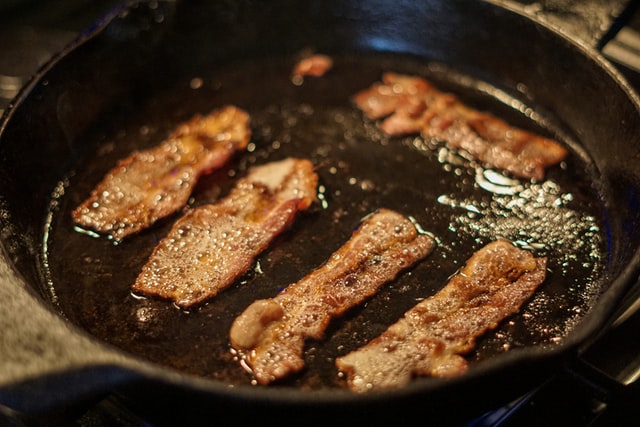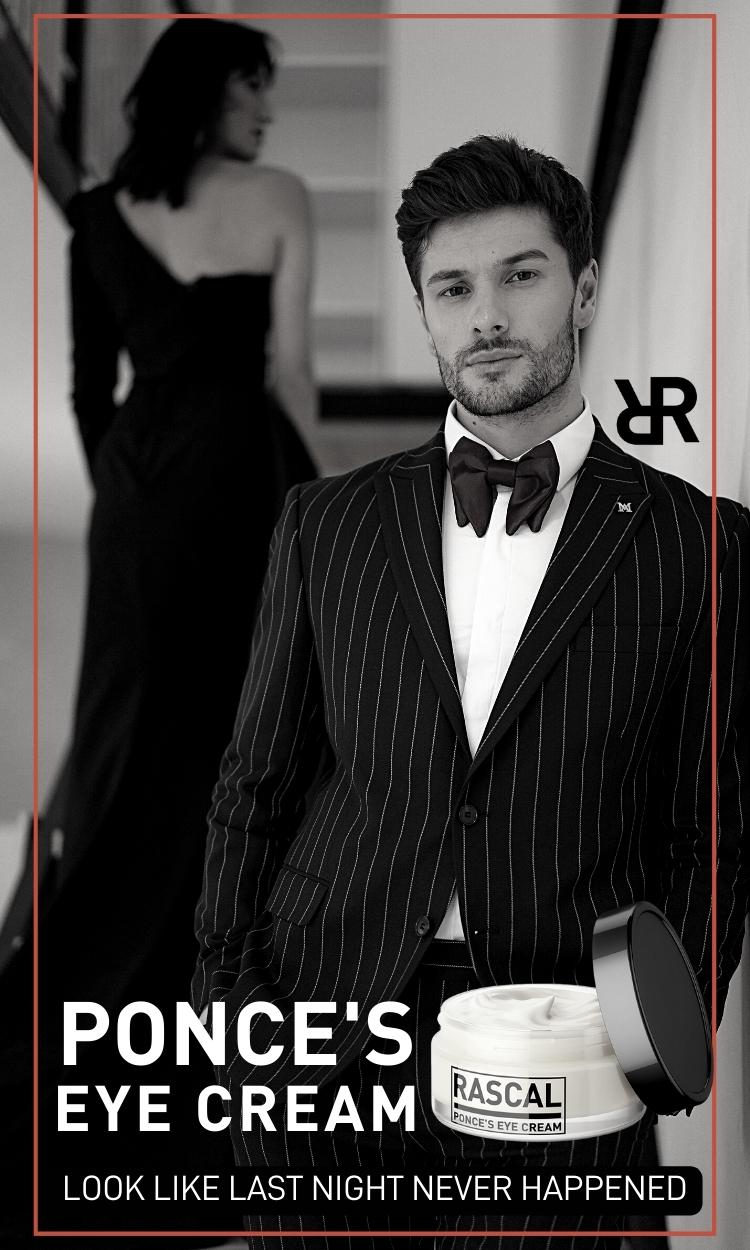We recently spoke about gift-giving principles, but a gift you can easily give yourself is that of a cast-iron pan. Not sure how they work or what to keep in mind when using it? We’ve got you covered.
Why Use One?
You might have perfectly good pans and see the addition of one more tool to your cooking arsenal as unnecessary. And you might be right. But cast-irons offer some distinct advantages that are harder to find in other types of pans:
- Crispy-creative: if you like crispy vegetables or hash browns, a cast-iron pan is one of the best ways to deliver that
- Durable: the settlers on the Oregon Trail brought these along to cook in the wilderness. Enough said.
- Oven safe: if you’re searing off meat and want to finish the meat in the oven, you can easily transfer the pan into the oven
- Reasonably priced: there’s always a very high-end version of any product, but you can find decently priced cast-iron pans in many places
Things to Keep in Mind
There are some ideas floating around out there about cast-irons and some of them are right and some of them are not. A few to know:
- Cast-iron cooks evenly. It’s just like any other pan – it’s going to be most hot where it’s directly on flame, but the parts of the pan that are not as close to the fan will not be as hot. What is true is that when a cast-iron gets hot, it stays that way, but that doesn’t make it distribute heat more evenly than other pans.
- Cast-iron doesn’t need to be cleaned. This depends. Well seasoned pans might just get a rine with hot water and a towel dry (prevent rust!). Every now and then you might have some stubborn crumbs on the pan. There are two ways you can deal with that:
- Rinse in really hot water while scrubbing with a stiff brush
- Boil water in the pan, leave it for 15 minutes, then scrub it with a stiff brush
- Cast-iron can be used for almost anything. This is true to an extent. But you don’t want to use a cast-iron you consistently use for savory dishes for a sweet dish.
- You can use metal cookware on it. Because the seasoning, that invisible thin layer on the top of your cast-iron, is chemically bonded to the pan, it’s not as easy to scratch. Put another way, seasoning is just oil baked onto your pan which also helps prevent your pan from rusting. But if you have ceramic cast iron, it can definitely be scratched.
There are definitely people who have a cast-iron in the family and swear they will never re-season it. Others regularly re-season it by applying a film of fat over the interior and exterior of the pan and bake it for an hour at 500, catching the droppings with some aluminum foil. Again, your mileage (and preferences) may vary. But what is certain is that you’ll have a greater appreciation for what a cast-iron can do for your meals once you’ve given it a try.
Are you a cast-iron user? What’s your favorite dish to cook in it? Let us know in the comments.



